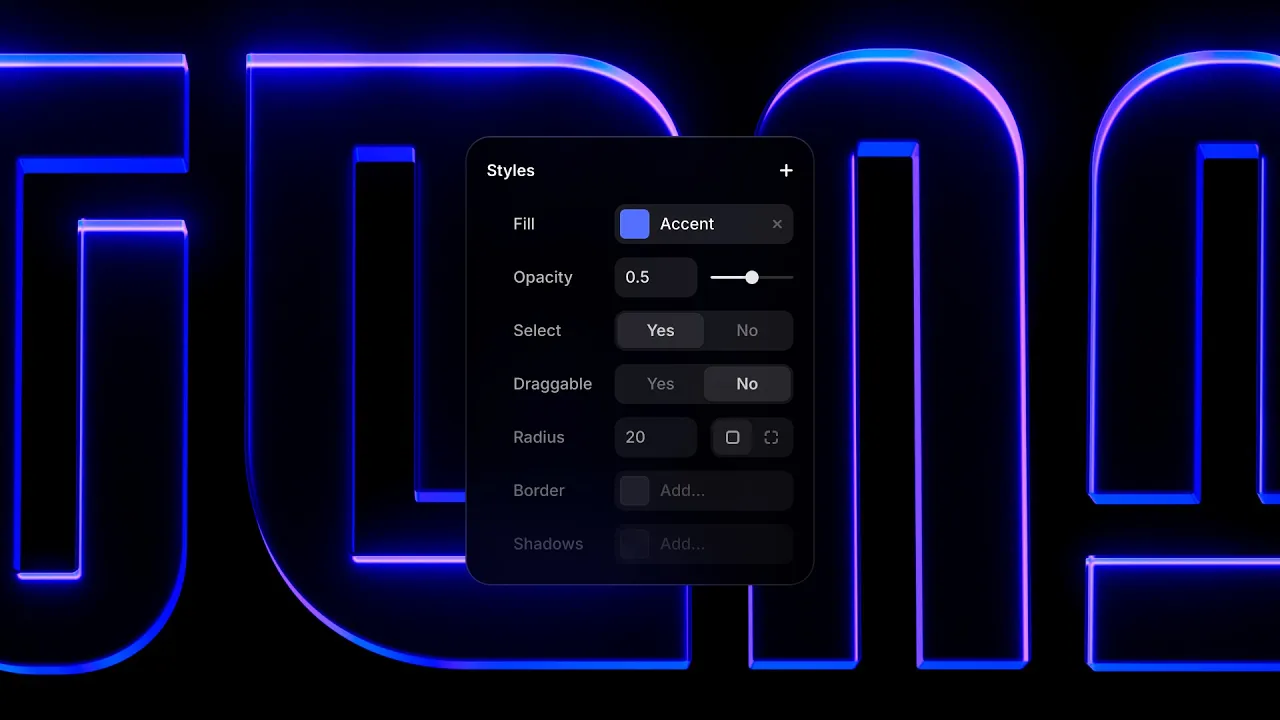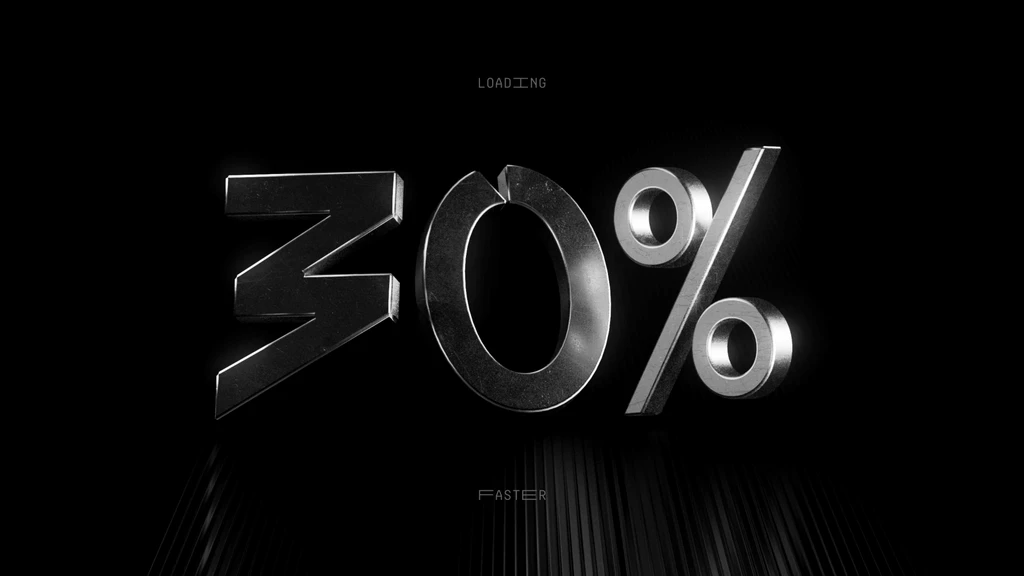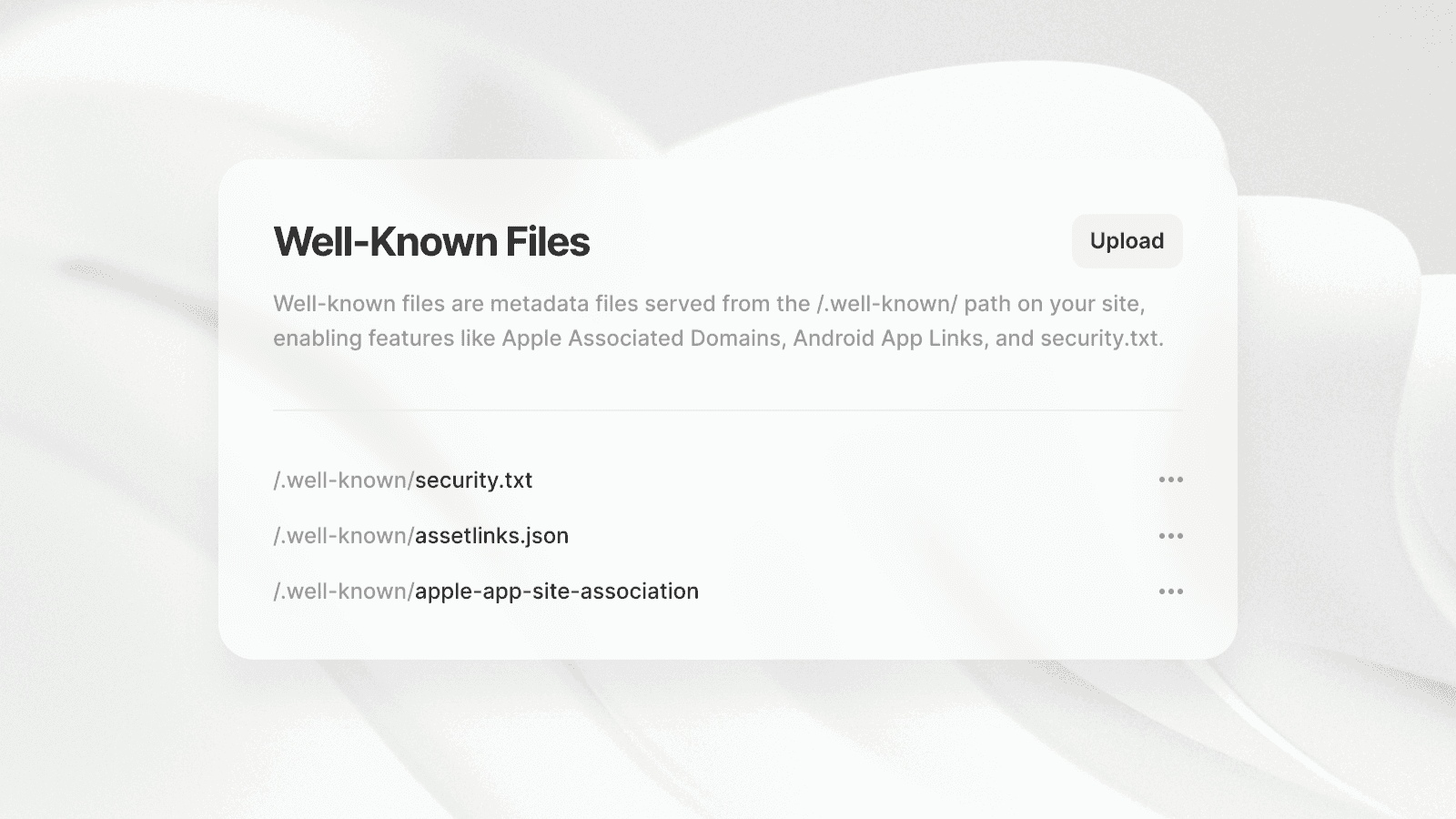Written by
Ahmad Malik
Head of Design
How to Set Up a Collaborative Workspace in 5 Minutes
October 30, 2024
Managing large projects requires both structure and teamwork. This guide explores how breaking down big projects and encouraging collaboration can help teams work more efficiently, meet deadlines, and achieve project goals with minimal stress.
Define Team Roles and Project Goals
Start by establishing clear roles and objectives within the team. When each member knows their specific responsibilities and understands the overall project goal, it’s easier to maintain focus and accountability. Define the project goals as a team, ensuring that everyone has a stake in the outcome, which fosters commitment.
This clarity from the beginning reduces miscommunication and aligns the team on what to achieve and how to approach the project collectively.
Break Down Tasks and Assign Ownership
Big projects can seem overwhelming, so breaking them into smaller tasks with assigned owners keeps things manageable. Divide the project into stages, and assign tasks based on each team member's strengths and expertise. This also allows individuals to take full ownership of their parts, encouraging accountability and focus.
Project management tools can help teams assign tasks, set deadlines, and easily track progress, making collaboration smoother and more efficient.
Schedule Check-ins and Milestone Reviews
Regular check-ins and milestone reviews keep the project on track and allow the team to address issues early. Set regular intervals for team updates, where everyone shares their progress, challenges, and next steps. Milestone reviews provide a sense of accomplishment and allow the team to adjust priorities as needed.
These check-ins foster transparency, helping the team stay aligned and build trust as everyone moves towards a common goal.
Use Collaboration Tools for Seamless Communication
Effective communication is essential in large projects, so choose the right tools to facilitate this. Shared platforms, such as project boards, team messaging apps, and document collaboration tools, help team members stay updated and share resources in real time. This minimizes misunderstandings and allows everyone to stay informed about project changes or task dependencies.
Having an organized digital workspace also means that important project information is accessible, making collaboration smooth and reducing unnecessary delays.
Conclusion
Breaking down big projects and fostering a collaborative environment can turn complex tasks into manageable steps. With clear roles, regular check-ins, and the right tools, teams can achieve project goals effectively and reduce the stress of large workloads, ultimately leading to a more productive and motivated team.






